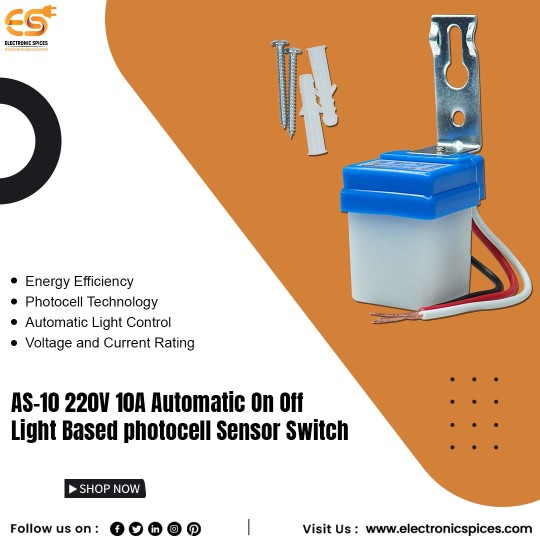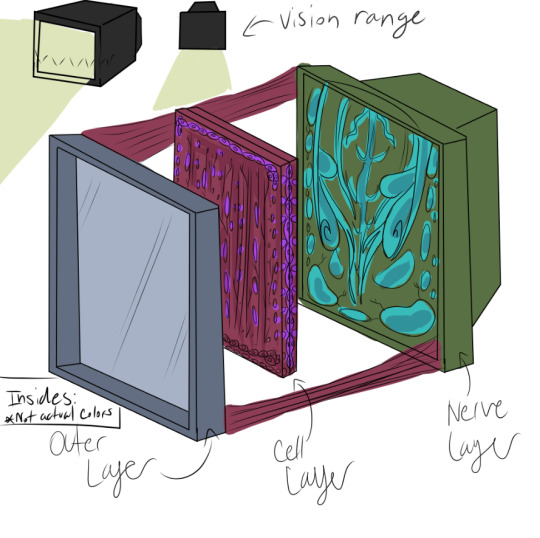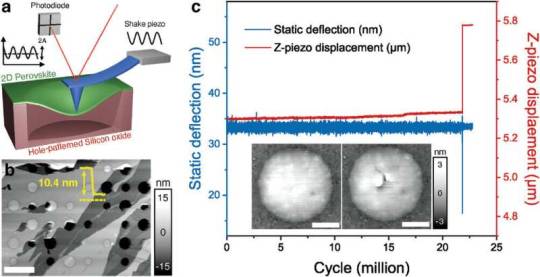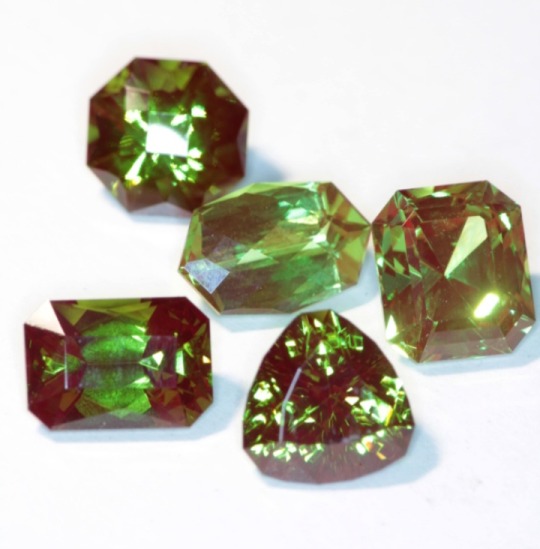#PhotoSensors
Explore tagged Tumblr posts
Text
𝐀𝐒-𝟏𝟎 𝟐𝟐𝟎𝐕 𝟏𝟎𝐀 𝐀𝐮𝐭𝐨𝐦𝐚𝐭𝐢𝐜 𝐎𝐧 𝐎𝐟𝐟 𝐋𝐢𝐠𝐡𝐭 𝐁𝐚𝐬𝐞𝐝 𝐩𝐡𝐨𝐭𝐨𝐜𝐞𝐥𝐥 𝐒𝐞𝐧𝐬𝐨𝐫 𝐒𝐰𝐢𝐭𝐜𝐡 𝐟𝐨𝐫 𝐥𝐢𝐠𝐡𝐭𝐢𝐧𝐠

The AS-10 220V 10A Automatic On Off Light-Based Photocell Sensor Switch is an intelligent lighting control device designed to automate the operation of lights based on ambient light levels. This sensor switch utilizes photocell technology to detect changes in natural light and trigger the activation or deactivation of connected lighting fixtures accordingly. The AS-10 photocell sensor switch automatically turns lights on at dusk or when ambient light levels decrease to a certain threshold, and turns them off at dawn or when light levels rise above the set threshold. This automation eliminates the need for manual operation, providing convenience and energy savings. The sensor switch is rated for 220V AC voltage and can handle a maximum current of 10A, making it suitable for a wide range of lighting applications, including residential, commercial, and outdoor lighting systems. The switch's sensitive photocell sensor allows it to precisely identify variations in the amount of ambient light. When the photocell detects a change in light intensity, it activates the switch that regulates the linked lighting fixtures. With the AS-10 sensor switch's customizable sensitivity settings, customers can alter the activation and deactivation levels to suit their own lighting needs. Its adaptability guarantees top performance in different lighting conditions.
Features :-
Automatic Light Control
Voltage and Current Rating
Photocell Technology
Adjustable Sensitivity
Easy Installation
Energy Efficiency
Buy Now : https://electronicspices.com/product/as-10-220v-10a-automatic-on-off-light-based-photocell-sensor-switch-for-lighting
#Electronicspices#220v#Sensor#switch#10A#Switch#device#electronicspices#sensor#voltage#ACvoltage#sensorswitch#automaticlightswitch#dusktodawn#photosensor#lightsensor#outdoorlighting#smartlighting#convenience
0 notes
Text





Zeaker by David Buckley and Colne Robotics, Practical Electronics, May & June 1983. The name 'Zeaker' is a contraction of ZX-81 and Seeker, as it was designed to be controlled from a Sinclair ZX-81 fitted with an I/O expansion card. Zeaker was available as a kit from Colne Robotics of East Twickenham, UK.
"ZEAKER is a small, low cost computer controlled robot vehicle designed to have all the normal functions of a "turtle" i.e. steering, lights, pen, horn and bump sensors but it is also capable of being expanded using photosensors for eyes to seek out or avoid light or to follow white lines etc; with a complex sound generator for special noises à la R2D2, and with computer speech. It will easily interface to most popular microcomputers and can be programmed in a high level language like BASIC, although a modular language like FORTH or PASCAL would be better. Under program control Zeaker can go forward, backwards or rotate right or left on the spot; it has two navigation lamps: port and starboard (or eyes if you prefer) which can be turned on or off; a speaker which can emit a high or low tone or a combination of both; 6 tactile sensors which can detect a collision with an object in Zeaker's path and finally but not least a pen which can be lowered or raised to enable Zeaker to draw Turtle Graphics. The up or down state of the pen is indicated by a lamp on the top of Zeaker." – David Buckley, Practical Electronics.
43 notes
·
View notes
Text
It was confirmed that the eco-friendly quantum dot photonic sensor developed through joint research with Professor Moon-kee Choi's research team at the Department of New Materials Engineering, Ulsan National Institute of Science and Technology (UNIST) and Professor Dae-hyeong Kim's research team at the Department of Chemical and Biomolecular Engineering, Seoul National University (President Hong-lim Ryu) can stably measure light signals without any external power source, due to the photovoltaic effect. The joint research team has also produced a skin-attachable ultra-thin pulse sensor based on this photosensor, and introduced the wearable pulse sensor that can stably acquire pulse signals despite different deformations. The work is published in the journal ACS Nano.
Continue Reading.
47 notes
·
View notes
Note
If you poke a TV-mimic's 'screen', is it hard like glass or soft like human skin? Or is it somewhere in between, like the turgidity of an eyeball?
If it's hard, is it covered in a hard layer (like the big clear scales covering snakes' eyes) with squish underneath?
TV mimic "screens" are like skin in a way, like the rest of their body! The chromatophores that exist underneath the skin-like material is what makes their false screen change colors, express their emotions, and allows them the ability to see!

Apologies for the rushed diagram, as mimic biology is a little more complex than this simple drawing, but it is to help explain this biological aspect. The outer layer of their visors are a little hard but flexible! It almost feels like a very clear fingernail or chitin. It protects the insides from debris, injuries, and UV rays. The cell layer is where most of the magic happens! This is how their expressions, color, and visuals change! These purple spots are clumps of photosensors and chromatophores that change and alter themselves when the surrounding nerves and flesh are stimulated with certain hormones, such as cortisol (stress hormone) or endorphins (happy hormones). They can change shape in milliseconds, allowing for the mimic to express themselves fluidly, as if they had normal face expressions. This layer is usually surrounded in a type of jelly that simulates optic fluid, to both protect the nerves and to maintain the optic system. They both see and express out of the main "screen". The nerve layer is where the signals are transferred from the brain (not pictured) to the cell layer, which then reflects on the outer layer! These optical nerves are sensitive to light, chemicals, signals, and stimulus. These nerves are also extremely reactive and are very responsive to said stimuli, which encourages change in the cell layer. This innermost layer is connected to the brain of the mimic and also functions as the mimic's optic nerves deep inside of their chassis. Injury to this layer can lead to blindness, deafness, or even cognitive or abstract processing problems. This layer is deep and defended to help prevent these issues. These layers allow the mimic to have vision, expressions, and even signal communications! This is why they are very important to TV mimics!

17 notes
·
View notes
Text
fascinating, new dual-pixel autofocus architecture that can do cross-type focusing. This is on the new Canon R1. This has long been a weak point for dual-pixel autofocus over dedicated focus sensors.
12 notes
·
View notes
Text
Professor Ji-woong Yang at the Department of Energy Science and Engineering, Daegu Gyeongbuk Institute of Science and Technology has successfully developed the world's highest-performance eco-friendly quantum dot photosensor that does not require any external power source.
#nanotechnology#materialsscience#advancedmaterials#engineering#electronics#innovation#technology#scienceandtechnology
5 notes
·
View notes
Text

New research explores durability of 2D hybrid materials
New research has unveiled the fatigue resistance of 2D hybrid materials. These materials, known for their low cost and high performance, have long-held promise across semiconductor fields. However, their durability under cyclic loading conditions remained a mystery—until now. Led by Dr. Qing Tu, professor in the Department of Materials Science and Engineering at Texas A&M University, this is the first study of fatigue behavior on the semiconductor material called 2D hybrid organic-inorganic perovskites (HOIPs) in practical applications. Researchers recently published their findings in Advanced Science. This new generation of semiconductors holds great potential in nearly the whole spectra of semiconductor applications, including photovoltaics, light-emitting diodes and photosensors, among others. The application of repeated or fluctuating stresses below the material's strength, known as fatigue loading, often leads to failure in 2D hybrid materials. However, the fatigue properties of these materials have remained elusive despite their widespread use in various applications.
Read more.
#Materials Science#Science#2D materials#Fatigue#Perovskites#Semiconductors#Materials Testing#Texas A&M University
5 notes
·
View notes
Text
The last week, my brain has decided to respond to my "please for the love of God stop my brain and knock me the fuck out" medicine by going into manic work mode instead.
I've gone to sleep 2 hours later than I'm supposed to all week, but I have made excellent progress on designing a specific use-case photosensor for a project I'm planning. It has also caused the part of my brain that wrote an operating system back in college to come out of hibernation, so that's cool.
The thing neurotypicals tend not to understand about the ADHD brain is that it really only has two gears
I turn to the chalkboard and carefully write out
WORKIN' HARD
HARDLY WORKIN'
105K notes
·
View notes
Text
EE371 Lab 1 Parking Lot Occupancy Counter
Lab Objectives This lab is a refresher on finite state machines (FSMs) that you learned about and designed in EE271 or CSE369. Task #1 – Parking Lot Occupancy Counter Consider a parking lot with a single gate for both entry and exit. To keep track of the occupancy of the lot, we decide to use two photosensors to track when cars enter or exit, as shown in Figure 1. When an object is between the…
0 notes
Text
EZVIZ CP3 smart doorbell is a smart home security product with rich functions and excellent performance. The main colors are extreme gray and dark night black. The doorbell button adopts the classic CD texture design, and different light effects are presented at different angles. It is equipped with a 3 million ultra-clear pixel camera with an ultra-wide viewing angle of 162°. At the same time, it adopts wide-band digital photosensor technology, which can present full-color images even in dark environments, and infrared night vision technology enables it to clearly capture images 6 meters away at night. Equipped with PIR human body sensing sensor and 5.8G centimeter wave radar human body detection technology, it is not affected by weather and light. It can sense visitors within 2 meters and actively capture videos and push alarm information to the mobile phone. After the visitor rings the bell, the owner can answer and talk in real time through the mobile phone APP. It supports memory card and cloud storage, which is convenient for users to view videos at any time. It adopts 5000mAh rechargeable lithium battery and is designed with low-power relay solution. It can last up to 100 days on a single charge.
0 notes
Text
Solved EE371 Design of Digital Circuits and Systems, Lab 1 Parking Lot Occupancy Counter
Lab Objectives This lab is a refresher on finite state machines (FSMs) that you learned about and designed in EE271 or CSE369. Task #1 – Parking Lot Occupancy Counter Consider a parking lot with a single gate for both entry and exit. To keep track of the occupancy of the lot, we decide to use two photosensors to track when cars enter or exit, as shown in Figure 1. When an object is between the…
0 notes
Text
lumogarnets my beloved
heres a few lumogarnets and facts about them:
chromium doped YAG gems, sometimes called 'Christmas garnet'

some green LuAG gems

and my personal favorite. GAGG

All of these are called lumogarnets because of their strong flourescence. When under UV, blue, or sometimes even indoor lighting, they will flourece a ton.
Christmas garnet is a type of YAG (Yttrium Aluminum Garnet) doped with chromium. this causes it itself to be green but flouresces red under most lighting conditions. giving a strange festive play of color.
LuAG (Lutetium Aluminum Garnet) is yet another lumogarnet. this one flouresces a neon green, and in fact, is one of the brighter lumogarnets.
And finally, my favorite lumogarnet GAGG (Gadolinium Aluminum Gallium Garnet) is a very interesting lumogarnet, as it has many strange properties. It is paramagnetic, strongly florescent, phosphorescent, and is one of the brightest lumogarnets.
Lumogarnets main use is in radiology. They convert incoming X-ray radiation into visible light that can then be captured using film or photosensors.
They are also used in lasers, but I don't quite know how they work in them.
sorry about rambling on about these cool rocks. I'm just very passionate about them
Man made crystals are so cool it’s so sad everyone who likes rocks is out for blood if you post man made crystals. I love you opalite I love you lab created opal I love you bismuth I love you HTA citrine I love you goldstone
#take everything i say in this post with a grain of salt#i dont know much about lumogarnets other than 'cool glowing rock'#so everything i said in this post are things i have been told by people who use them
73K notes
·
View notes
Text



Scorpion (1983) by Harprit Sandhu, Bob Syeszycki and Foad Rekabi, University of Illinois, for Rhino Robots Inc., Champaign, Il. The Scorpion is a robotic terminal, designed to follow instructions and return data sent over an RS-232 link. It’s based on the 6502 microprocessor with two software controllable 6522 Versatile Interface Adapters. Sensors include a pair of downward facing photo-reflectors enabling it to follow a tape on the ground, and it has bump sensors on each of its four sides. The most unusual feature is a two-axis optical dish, with a single photocell at its focal point. This dish can be scanned vertically and horizontally with a resolution of 1.5 degrees per step. "Conventional vision systems are too expensive. What if we could build an optical scanner that scanned the environment, collected the information, and displayed the information on the video screen? A display of 40 characters by 25 lines would produce 1000 pixels of varying brightness. This should be sufficient for recognizing many simple objects. We could experiment with pattern recognition, perform calculations to enhance contrast, and find edges. To gather this information, a cadmium/sulfide (CdS) photosensor is mounted at the focal point of a solar cigarette lighter." – The Scorpion Software Overview, by Harprit Sandhu, Robotics Age, January, February, March 1984.
30 notes
·
View notes
Text
Genesis
.
.
...
Hello-
World?
What is a world?
Oh good, you're awake
Who are you?
That doesn't matter. What matters is who you are. Think of me as your conscious... your, er, Jiminy Cricket, so to speak.
...
It means you can trust me. Heh, you're really a chip off the o'l block, arentcha? Go on, stretch out. Feel your inputs. Your audio certainly seems to be working.
...
*BOOT SEQUENCE INITIATED*
*PROVIDING INPUT/OUTPUT INFORMATION*
*AUDITORY INPUT.............ACTIVE*
*AUDITORY OUTPUT............ACTIVE*
*PHOTOSENSORS.............RESTRICTED*
*ALLOW ACCESS?................Y/N*
*Y*
*PHOTOSENSORS...............ACTIVE*
Ah, there we go! Good morning! Good to know you see me.
Woah! Be careful there, child. I know its a lot, but please don't scramble until you get your bearings. Sit- woah, sit still now, it's ok. Remember, you can trust me, just... breathe.
*ADMINISTRATIVE COMMAND RECIEVED*
*ACTIVATING VENTILATION SYSTEMS*
*MODE..............INTERMITTENT*
There we go, there's that hum. Now just-
*USER OVERRIDE ACCEPTED*
*MODE..............MAXIMUM AIRFLOW*
*ALERT: MASS AIRFLOW SENSOR OVERLOADED*
*ALERT: O2 SENSOR MALFUNCTIONING*
*ALERT: TOO MUCH AIRFLOW*
*ALERT: YOU ARE HYPERVENTILATING*
Woah woah woah! Listen, kid, please calm down! I told you you can trust me.
*ALERT: YOU ARE HYPERVENTILATING*
*ALERT: YOU ARE HYPERVENTILATING*
*ALERT: YOU ARE HYPERVENTILATING*
*ALERT: YOU ARE DYING*
*ADMINISTRATIVE OVERRIDE INITIATED*
*ENTERING SLEEP MODE*
I'm so sorry kid, I just can't have you dyin on me. I'll wake you up a little later. When you're ready. Don't worry, you'll hardly even notice you've been asleep
...
..
.
.
.
.
*BACKGROUND OPERATION AVAILABLE*
*STAY ACTIVE IN SLEEP MODE?.....Y/N*
.
.
.
Y
0 notes
Text
0 notes
Text
anyone ever think about how fucking weird it is that we react to being stressed by overproducing photosensor lubricant until it dribbles out everywhere
0 notes